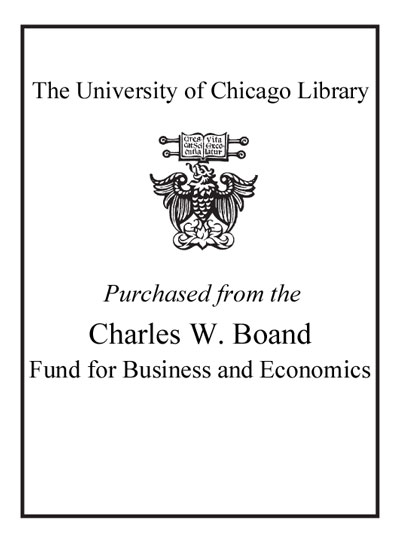Organizations as learning systems : 'living composition' as an enabling infrastructure /
Saved in:
| Author / Creator: | Maula, Marjatta. |
|---|---|
| Edition: | 1st ed. |
| Imprint: | Amsterdam ; Boston ; London : Elsevier, 2006. |
| Description: | xviii, 261 p. : ill. ; 25 cm. |
| Language: | English |
| Series: | Advanced series in management Advanced series in management (Unnumbered) |
| Subject: | |
| Format: | Print Book |
| URL for this record: | http://pi.lib.uchicago.edu/1001/cat/bib/6014889 |
Table of Contents:
- Introduction
- A Structured Model of Living Composition- the Goal of This Book
- How to Improve Survival and Success? The Question of Creativity and Efficiency
- Five Dilemmas of Learning and Knowledge: The Importance of Underlying Structures
- Guide to Reading This Book
- Summary
- Learning and Evolving Organization
- Learning as a Source of Strategic Advantages
- Adaptation, Incremental Learning, and Imitation
- Learning Organization
- Organization as an Interpretation System
- Organization as a System of Knowing
- Resource-Based, Knowledge-Based, and Competence-Based Views of Learning and Renewal
- Organizational Ecology
- Summary
- underlying Structures and Dynamics
- Earlier Approaches to Control, Self-Organization, and Emergence
- Structural Aspects of Strategy
- Consistency of Underlying Structure
- Summary
- Organization as a System
- Open System, Contingency Theory, System Dynamics, and Network Approaches
- Theories about Complexity and Chaos
- Summary
- How to Apply the Principles of Self-Production to Organizations
- Organization as a Living (Self-Producing, Autopoietic) System
- Reality and Knowledge in Organizations
- Knowledge-Related Concepts in Organizational Autopoiesis
- Specific Questions about Applying Autopoiesis Theory to Organizations
- Summary
- The Living Composition Model
- Basic Principles
- The Definition of the Living Composition Model
- Summary
- Strategic Components of a Living Organization
- Identity
- Perception of the Environment
- Strategy
- Knowledge and Knowledge Management
- Boundary Elements
- Interactive Processes and Communication
- Triggers (Exposure to Triggers)
- Experimentation
- Internal Standards, Processes, and Communication
- Information and Communication Systems
- Summary
- Two Major Knowledge Flows 'sensing' and 'memory'
- Openness and Closure
- 'Sensing' - Interactive Openness
- 'Memory' and Self-Referentiality
- Linkage Between 'Sensing' and 'Memory'
- Summary
- Four Parallel Knowledge Processes
- The Conventional Division Between Tacit and Explicit Knowledge
- Four Parallel Knowledge Processes
- Implications of Four Parallel Knowledge Processes
- Summary
- Introduction to the Cases
- The Purpose of the Cases
- Management Consulting Industry
- Introduction to the Case Companies
- Arthur Andersen (Business Consulting)
- The Srategic Components of Arthur Andersen (Business Consulting)
- Arthur Andersen (Business Consulting) as a Living Organization
- Arthur D. Little (Europe)
- The Strategic Components of Arthur D. Little (Europe)
- Arthur D. Little (Europe) as a Living Organization
- Ernst & Young (Management Consulting)
- The Strategic Components of Ernst & Young (Management Consulting)
- Ernst & Young (Management Consulting) as a Living Organization
- The Kaospilots & Kaosmanagement
- The Strategic Components of the Kaospilots And Kaosmanagement
- The Kaospilots and Kaosmanagement as a Living Organization
- Summary of Applying the Living Composition Model to Case Organizations
- Strategic Components of the Case Firms
- Major Knowledge Flows of the Case Firms
- Improving Living Organizations
- Proactive and Passive Approaches
- Consistency/Intentionality Platforms
- Evolution Models
- Six Steps for Improving a Living Composition
- Summary
- Conclusions
- Summary of the Living Composition Model
- Re-Framing of Control and Creativity in Light of the Living Composition Model
- Reframing the Five Dilemmas
- Living Composition - Managerial Implications
- Living Composition - Theoretical Implications and Suggestions for Further Research
- Living Composition - Implications for Teaching
- references
- Appendices

